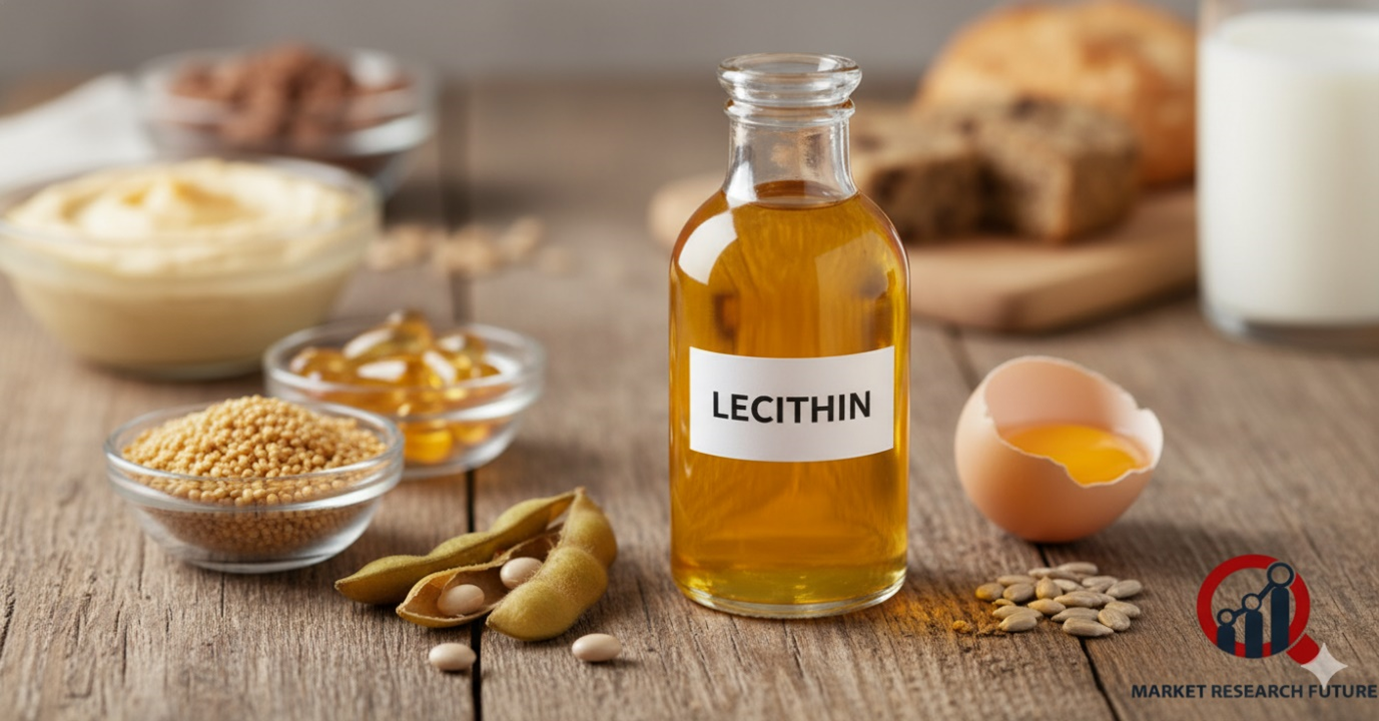What’s Lecithin and Why Its Presence Matters across Different Industries

Lecithin — you might not recognize the name, but chances are, it’s already in your favorite foods, skincare, and even medicines. This multitasking ingredient has quietly become a cornerstone across industries, prized for its ability to blend, stabilize, and nourish. Let’s take a closer look at what lecithin is, why it matters, and how it’s shaping products you use every day.
What Exactly Is Lecithin?
Lecithin is a natural fatty substance found in egg yolks, milk, soybeans, sunflower seeds, and even certain animal tissues. It is a compound of phospholipids, fatty acids, and triglycerides, which are elements that help stabilize fats and water to mix and emulsify.
Lecithin was the first biochemical compound to be isolated and was discovered in 1843 by Theodore Gobley. This compound was initially extracted from eggs and then from plants. It has been found that lecithin has importance not just for food but biological and industrial uses.
The Importance of Lecithin
Lecithin has an important role to play in the body, as well as in Lecithin’s role in human biology includes aiding the brain, helping with nerve transmission, and assisting in the breakdown of fats. In manufacturing, the “magic” of lecithin comes from its ability to be an emulsifier. An emulsifier is something that allows oil and water to mix and stay mixed.
Because of these unique properties, lecithin becomes important in different fields and industries.
- In the Food and Beverage industry, it allows chocolate, salad dressings, ice cream, and baked goods to maintain uniform consistency and texture.
- In Pharmaceuticals, lecithin is used in the preparation of supplements, liposomes, and other drugs to make the absorption of nutrients and drugs easier.
- In Cosmetics, it is used in creams, lotions, lipsticks, and eye makeup as a moisturizer and to stabilize the product.
- In Animal Feed, it is used to improve the absorption of nutrients and the quality of the feed.
The Food Industry’s Best-Kept Secret
In the food industry, lecithin is the “invisible” hero behind chocolate bars, baked goods, and sauces. It acts as an emulsifier to make the food consistent.
Soybean lecithin is one of the most commercially popular lecithins in the world. Soybean lecithin is also one of the most sustainable and inexpensive forms of lecithin as it is produced as a by-product of soybean oil extraction, and with the world producing over 300 million tons of soybeans a year, lecithin is a readily available product for the food and fuel industry.
With the rise of gluten-free, plant-based, and clean-label products, there is also a high demand for non-soy lecithin in the food industry. This is why most manufacturers use sunflower and canola lecithin as a substitute for soy, as they tend to be more allergy-friendly and non-GMO.
Uses of Lecithin in the Pharmaceutical and Cosmetic Industry
Lecithin is also used in various pharmaceutical and cosmetic products. In the medical field, it is used to create liposomes, which are tiny fat-based carriers that deliver drugs and vitamins to various parts of the body.
Lecithin in creams and serums makes the skincare products feel more luxurious, while also aiding with hydration, even softness, and absorption by allowing more nutrients to enter the deeper layers of the skin.
Challenges and Industry Future
With the rise of the oil and fuel industry, there is a steady supply and demand for lecithin. This helps with the fluctuations in the supply of raw materials such as soybeans. In addition, the demand for food-grade lecithin in China and Europe can help lower the competition for leading global producers.
There are still many possibilities in this area. Thanks to the global demand for ingredients that are natural and sustainably sourced, the prospects for lecithin are only becoming brighter. Innovators are creating plant-based alternatives and customized emulsifier blends to satisfy a wide array of industrial uses that range from the vegan food sector to biopharmaceuticals.
The Bottom Line
Lecithin is found in countless products, from your favourite lipstick to your morning smoothie, all the while boosting texture, stability, and performance. Because of its natural origins, multifunctionality, and adaptability, it remains an underappreciated but essential component in many modern manufacturing processes.
Lecithin continues to bridge the gaps in manufactured products, proving it is more than an additive. Integration is crucial in any innovation.

Leave a Comment